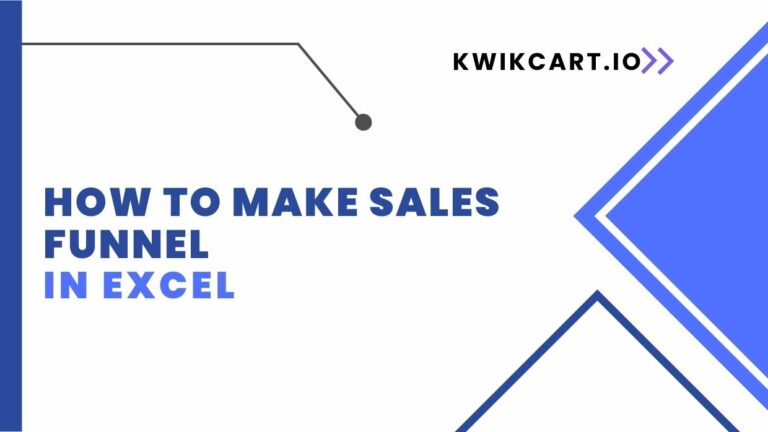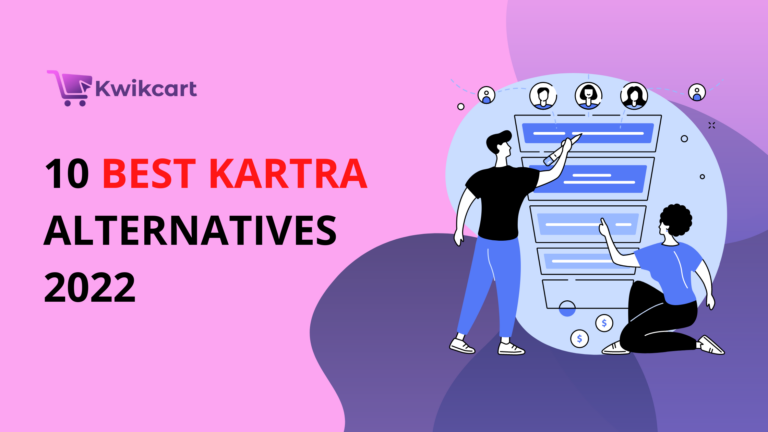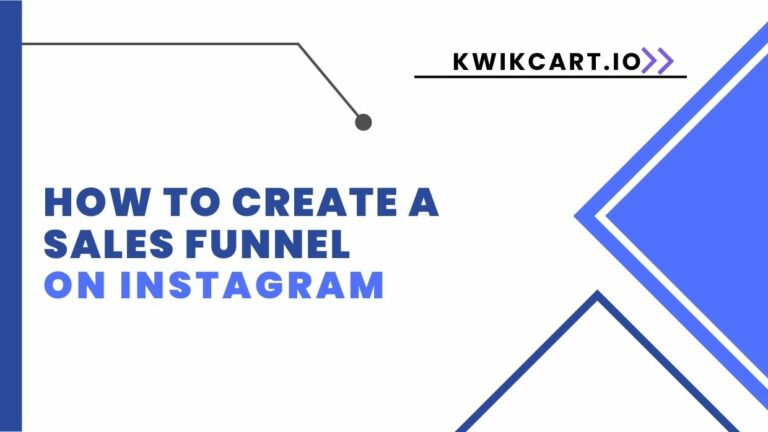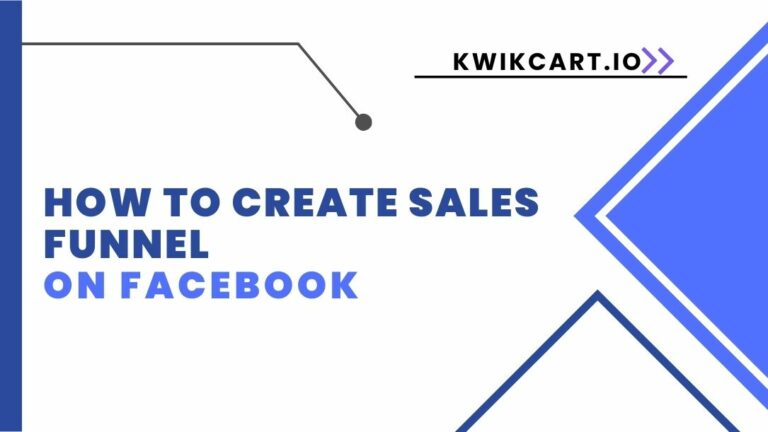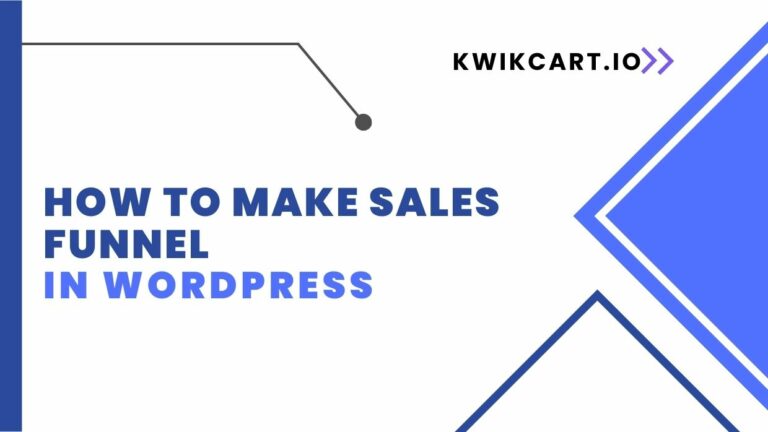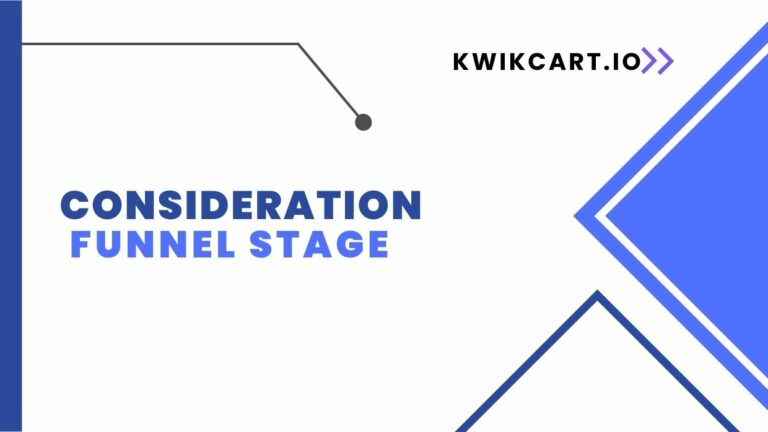A Step-By-Step Guide To Using Funnel Strategies To Grow Your Business
Are you looking for ways to grow your business and make more sales? Funnel strategies may be the answer! In this article, we’ll walk you through “A Step-By-Step Guide To Using Funnel Strategies To Grow Your Business” so that you can start generating more leads and converting them into customers.
What is a Funnel Strategy?
A funnel strategy is a marketing technique that involves creating a system of marketing touchpoints that lead a customer from initial awareness of your product or service to eventually becoming a paying customer.
The goal of a funnel strategy is to nurture potential customers through each stage of the buyer’s journey, moving them closer to making a purchase. In order to do this, businesses need to create content that speaks to the needs of their target audience at each stage of the funnel.
The stages of the buyer’s journey are:
- Awareness: The customer is aware of a problem or need and begins searching for solutions.
- Consideration: The customer narrows down their options and begins comparing different solutions.
- Decision: The customer decides which solution is best for them and makes a purchase.
Creating content for each stage of the buyer’s journey can be a challenge, but it’s important to remember that the goal is to provide value and build trust with potential customers. By addressing their needs at each stage of the funnel, you can turn leads into customers and grow your business.
Learn more about… Understanding Funnels In Business: A Beginner’s Guide
There are a few different types of funnels that businesses can use to increase growth. The most common type is the marketing funnel, which is used to attract and convert leads into customers. However, there are also sales funnels and service funnels that can be used to boost growth. Let’s take a closer look at each type of funnel:
- Marketing Funnel
The marketing funnel is the most common type of funnel and is used to attract and convert leads into customers. The top of the funnel (TOFU) is where you generate awareness for your brand and attract potential customers through various marketing channels (e.g., paid ads, organic traffic, etc.). Once you’ve captured their attention, you need to nurture them through the middle of the funnel (MOFU) by providing valuable content that helps them move further down the funnel toward becoming a customer. Finally, at the bottom of the funnel (BOFU), you close the deal by converting leads into paying customers.
- Sales Funnel
The sales funnel is similar to the marketing funnel, but it’s focused specifically on the sales process. The TOFU stage is still about generating awareness and interest, but in this case, you’re doing so with targeted messages that are designed to get prospects interested in your product or service. From there, you’ll work on building relationships with prospects in the MOFU stage and eventually close deals in the BOFU stage.
- Service Funnel
The service funnel is used to manage customer relationships and encourage repeat purchases. The TOFU stage is all about providing great customer service, building trust, and creating a positive brand experience. In the MOFU stage, you’ll focus on upselling customers and encouraging them to come back for more. Finally, in the BOFU stage, you’ll work on retaining customers by continuing to provide excellent customer service and adding value wherever you can.
Read more… How To Start Dropshipping: A Step-By-Step Guide For Beginners
Setting Up Your Funnel
The first step to setting up your funnel is understanding what a funnel is and how it can benefit your business. A funnel is simply a way to direct potential customers or clients through a series of steps in order to convert them into paying customers or clients.
There are many different types of funnels, but the most common one used in a business is the marketing funnel. The marketing funnel is designed to take potential customers from awareness all the way through to purchase.
- Awareness: In the awareness stage, your goal is to get your target audience’s attention. You can do this through various marketing channels such as paid advertising, social media, content marketing, etc.
- Interest: Once you have their attention, you need to generate interest in what you have to offer. You can do this by providing more information about your product or service and why it’s valuable or necessary.
- Desire: Now that you’ve piqued their interest and they know what you have to offer, your goal is to create a desire for it. You can do this by showcasing how your product or service can solve their problem or improve their life in some way.
- Action: The final stage is where you encourage your target audience to take action and purchase your product or service. This is usually done with a strong call-to-action (CTA) such as “Buy now!” or “Sign up today !”
Once you have your funnel set up, it’s important to track and measure its performance so you can make adjustments as needed. This will help ensure that your funnel is effective and generates the results you want.
Choosing The Right Metrics To Track
When it comes to tracking the performance of your funnel, there are a lot of different metrics you can choose to focus on. But which ones are the most important? And how can you ensure you’re tracking the right data to help you grow your business?
In this article, we’ll take a look at some of the key metrics you should be tracking when using funnel strategies, and how to choose the right ones for your business.
- Lead generated: This is arguably the most important metric to track when using any kind of marketing or sales funnel. After all, if you’re not generating any new leads, then your funnel isn’t doing its job! Keep a close eye on how many leads are being generated at each stage of your funnel, and look for ways to increase that number.
- Conversion rate: Once you have leads coming into your funnel, it’s important to track how many of them are converting into customers or clients. This metric will give you an indication of how effective your funnel is at generating new business. Look for ways to improve your conversion rate by testing different offers or tweaking your sales process.
- Customer lifetime value: If you’re selling products or services with a recurring revenue model, then it’s essential to track customer lifetime value (CLV). This metric tells you how much revenue each customer brings in over the course of their relationship with your business. The higher your CLV, the more profitable your customers will be!
How To Create Content For Each Stage Of The Funnel
Creating content for each stage of the funnel is essential to growing your business. By creating content that speaks to your audience at each stage of the buyer’s journey, you’ll be able to nurture them through the entire process, from awareness to purchase.
Here’s a step-by-step guide to creating content for each stage of the funnel:
- Awareness Stage
The first stage of the funnel is awareness. At this stage, your prospects are just becoming aware of their problem or need. They’re not quite sure what they’re looking for yet, but they know they need something.
Your job in the awareness stage is to educate your prospects on their problem or need and show them that you have a solution. The best way to do this is through blog posts, ebooks, infographics, and other educational resources.
- Consideration Stage
In the consideration stage, your prospects are aware of their problem or need and are beginning to research solutions. They know what they’re looking for and are considering their options.
Your job in the consideration stage is to help your prospects narrow down their options and choose you as their solution. The best way to do this is through case studies, testimonials, comparisons, and other types of persuasive content.
- Decision Stage
In the decision stage, your prospects have made up their mind about which solution they’re going to choose and are ready to buy. They just need a little nudge to get them over the finish line.
Your job in the decision stage is to provide that nudge. The best way to do this is through discounts, promotions, special offers, and other types of incentives.
By creating content tailored to each stage of the funnel, you’ll be able to nurture your prospects from awareness all the way through the purchase. This will help you build a successful sales funnel that will drive leads and conversions for your business.
Tips & Strategies For Optimizing Your Funnel
As a business owner, you’re always looking for ways to optimize your funnel and increase conversions. Here are some tips and strategies to help you do just that:
- Use social media to drive traffic to your website or landing page.
- Make sure your website or landing page is optimized for conversion.
- Use effective call-to-actions (CTAs) on your website or landing page to encourage visitors to take the desired action.
- Use retargeting ads to reach people who have already shown an interest in your product or service.
- Experiment with different offer types and messaging to see what works best for your audience and business.
By following these tips, you can optimize your funnel and increase conversions, which will ultimately grow your business.
Examples From Successful Companies That Use Funnels
- Company XYZ – Founded in 2014, Company XYZ has quickly become one of the most successful startups in the world. They use a sales funnel to increase their customer base and grow their business.
- Company ABC – Based in San Francisco, Company ABC is a well-known tech company that uses a sales funnel to increase its market share.
- Company LMN – One of the largest e-commerce companies in the world, Company LMN relies on a sales funnel to increase conversion rates and drive revenue growth.
Read more…Your Step-By-Step Guide To E-commerce: How To Get Started Selling Online Today
Conclusion
Funnel strategies are an effective way to grow your business, increase conversions and drive more revenue. By following the steps outlined in this article, you will be able to create a successful funnel strategy that can help your business reach its potential. The key is to have patience and be willing to test different ideas until you find what works best for your unique situation. With time and effort, you can develop a powerful funnel strategy that drives sales and increases profits.



